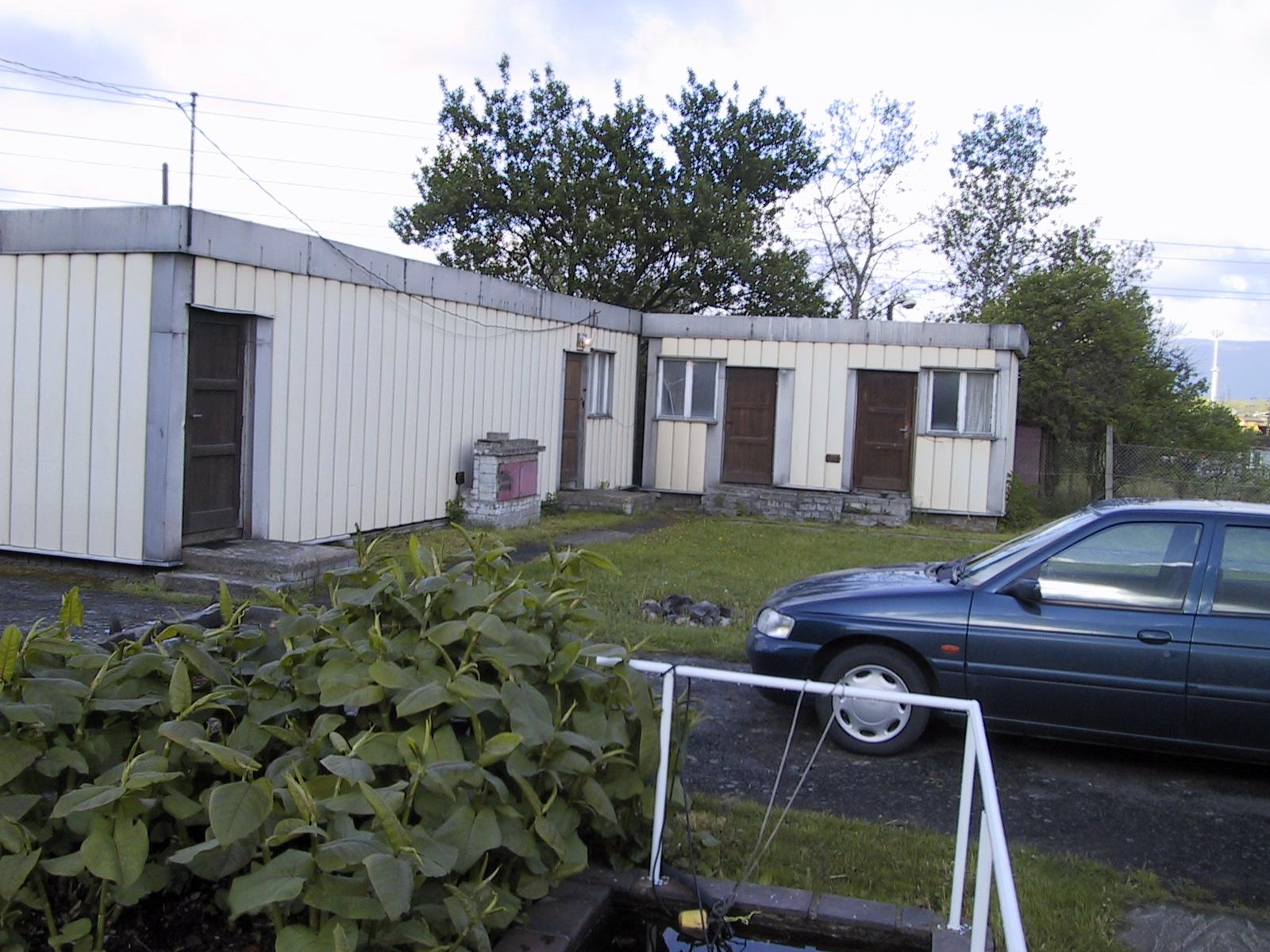Kopisty observatory was established at the end of sixtieth of the 20th century near the lignite mines and in the vicinity of large chemical factory with the aim to study atmospheric conditions in highly polluted environment. The name of the observatory reminds to the former village Kopisty which was completely destroyed as the Ležáky mine grew.
The observatory is equipped by 80m mast with the measurements platforms in every 20m. Soon after building an international project KOPEX concerned to boundary layer experiments took place here. When coal mine Ležáky was flooded, the observatory was involved in project Lake Most, which studied micro climatological and nature changes near the emerging lake.
The station has been operating continuously since August 1, 1969. Due to the needs of rapid construction, an emergency solution was chosen in the form of so-called Finnish houses and several mobile cells. At the end of the seventies, these buildings were insulated, but despite careful maintenance, it was not possible to maintain them in a condition satisfactory to the continuous stay of observers.
In 2007, original Finnish houses were demolished and a new building was built. It provides facilities for observes and large observer room.


